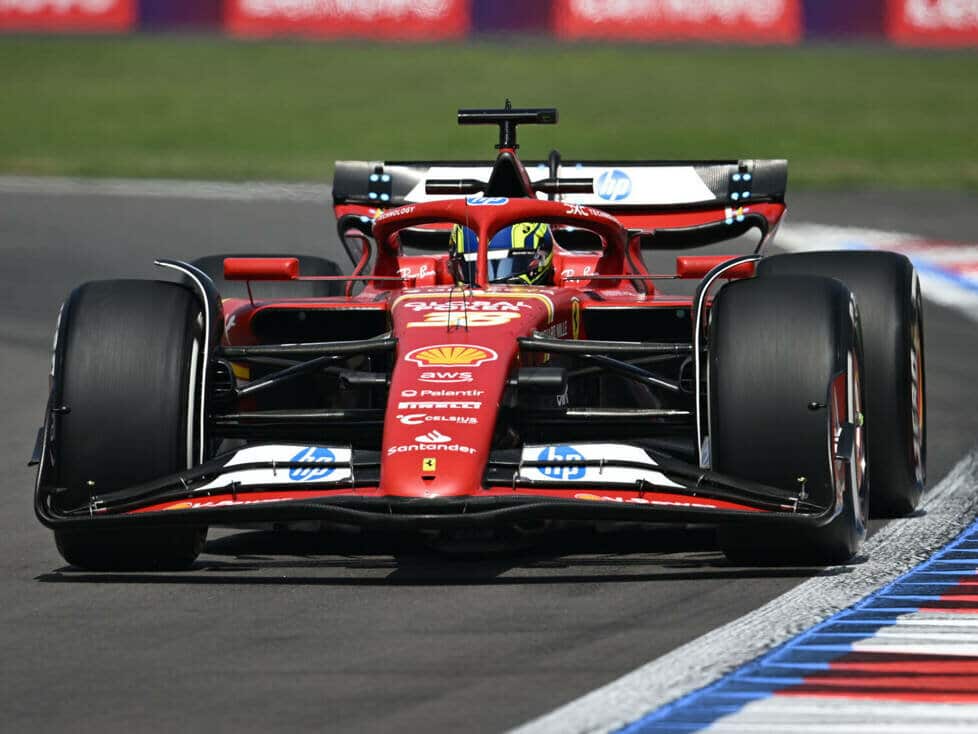Ferrari had expected the FIA to put a stop to the flexible front wings – but there are no objections, which is why the team has lost time
The ground-effect cars of the modern Formula One era cause understeer in slow corners and oversteer in fast ones. But teams have found a trick to improve the balance: flexible front wings that adapt to the conditions. McLaren and Mercedes in particular have made progress with this, but the FIA has been keeping a close eye on the solutions since the Belgian Grand Prix. Ferrari therefore expected a ban.
That is also the reason why the team from Maranello did not put much time into the development of the front wing, because after a decision by the FIA, the solutions would have been a waste of time. But contrary to expectations, the FIA sees no reason to intervene and continues to allow the front wings. Ferrari was surprised by this and has lost a lot of time in the past few months.
The Italians did find a solution, however, and since the Singapore Grand Prix, the red front wing of Charles Leclerc and Carlos Sainz has also been flexible and adaptable. However, the concept was not pursued further because FIA intervention was expected. However, the governing body sees no reason to change the regulations.
Team Principal Frederic Vasseur told Motorsport.com: “It’s frustrating because we were waiting for a decision from the FIA, who have been installing cameras [since Belgium]. We were convinced that this was a no-go. But then they gave the green light! We have certainly lost a month or two.”
Another reason for Ferrari not to pursue development further is the cost ceiling in the premier class. Because if it had been banned, Ferrari would have lost a lot of money that would then have been sorely missed elsewhere. “You have to make decisions because of the budget limit,” says Vasseur, who decided against flexi-wings.
“If you are convinced that it will not be approved, but you still develop something, it costs time in the wind tunnel,” says the Italian team principal. The possibility of a ban existed, because after all, the FIA had observed the wings closely with its own cameras. However, FIA Formula Racing Director Nikolas Tombazis did not want to harm the competition in the short term, as the teams presented different solutions.
“Because the front wings are subjected to different loads, we can’t easily predict this in the regulations,” he explains. ”Two wings never have the same load values. That’s why it’s difficult to check this reasonably. These rules have been in place since 2022 and it didn’t feel right to suddenly change them for 2025 or even 2024. But the information we have gathered could lead to something happening for 2026.”

